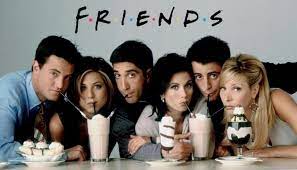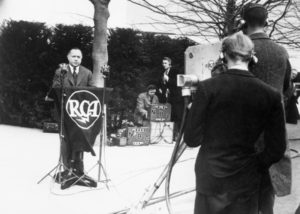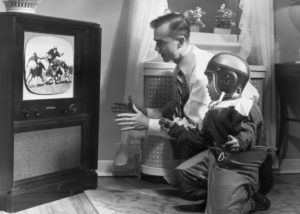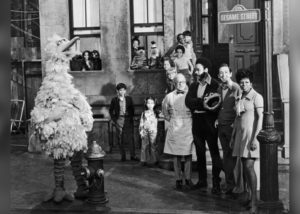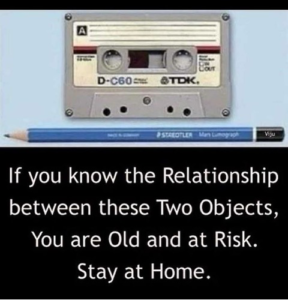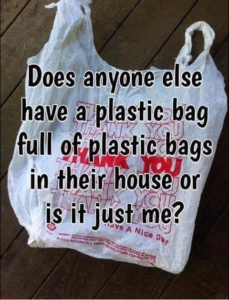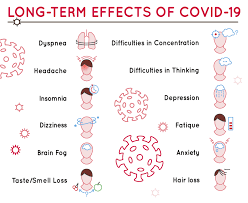
I’m hearing a lot about Long-Term COVID these days. LP lost his sense of smell for nearly a year. JP has been getting headaches. JM is fatigued and sleeping more than ever. The CDC website lists it as a medical condition, identifiable by these and other symptoms.
I had COVID once, almost two years ago, and it was pretty strong, like a bad flu. It stayed bad for about 48 hours, and then lessened considerably to the sniffles, which lasted a few days more. And that was it. I tested clear. I had the antibodies. I was deemed fully recovered.
I didn’t notice any lack of smell. But I never had a good sniffer to begin with. I had no headaches, but I did have joint pain and muscle soreness and fatigue. The fatigue lasted for a month or so. The joint pain and muscle soreness is still with me.
I don’t think of any of that as Long-Term COVID. The seeming reduction in smell I attributed to psychosomatic brain malfunction. The fatigue was real. And I could have blamed it on the COVID. Instead, I attributed it to the week I spent in bed and the three weeks after that I went without exercising. At my age (71), losing lung capacity and muscle strength happens much quicker than it does when one is younger. And prior to getting COVID, I had acquired a very high level by putting in two hours of high-intensity training every day. And so, when I went back to that same level of training, I couldn’t keep up. But I tried. And that left me feeling exhausted.
I remedied it by doubling up on my cardio training and lifting heavier weights. And within a few months, I was in better shape than I was before my bout with COVID.
As far as the joint pain and muscle soreness, I still have that. But so does everyone else that does my sport. Even the 20-somethings.
Yes, I’m skeptical about this phenomenon of Long-Term COVID. I’m not disputing that the virus can leave its victims with physical symptoms that linger. But I do believe that, except for patients that have other health issues, the post-virus effects are nothing to worry about.
There is a big difference between the coronavirus, which is a recognized and legitimate disease, and Long-Term COVID, which is a description of maladies ex-COVID patients are reporting.
The former is an actual biological thing that can be scientifically detected. The latter is a set of symptoms that are connected to COVID only by subjective reports. The CDC accepts Long-Term COVID as a legitimate medical condition. But there is absolutely no empirical evidence that it exists independent of the subjective accounts.
The most common symptoms of Long-Term COVID are headache, fatigue, brain fog, achy joints, and shortness of breath. These are the same symptoms people experience after a cold or the flu. They are also very similar to the symptoms associated with Chronic Fatigue Syndrome and PTSD – two medical conditions that are recognized by the medical establishment and covered by most health insurance plans.
If people want to believe they have Long-Term COVID, and want to get whatever social, psychological, or medical benefits might accrue from making that claim, I say, “More power to ya.” But if it’s a friend or family member that would like to get over it and get back to full health, I’d tell them to consider doing what I did. Begin with the idea that you are healthy, but out of shape. Get plenty of rest. Eat lean. Exercise with increasing vigor. Set goals. Strength goals. Heart-rate goals. And blood-pressure goals. Check your numbers as you go. Don’t expect miracles. So long as you see improvements, be happy.

